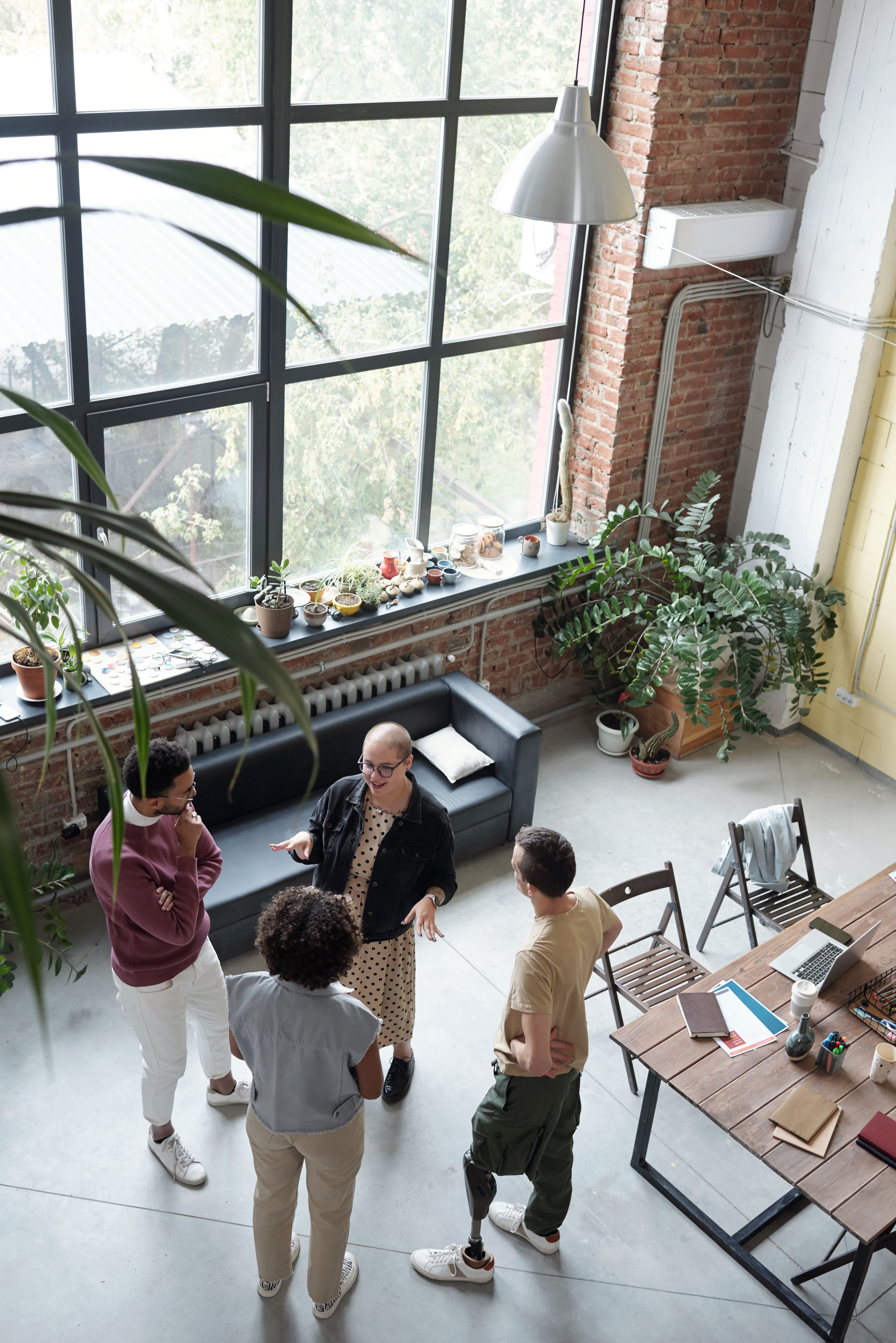Interior design is more than just arranging furniture or selecting color palettes; it’s an art form that transforms spaces into reflections of personal style and function. Whether you're revamping a single room or undertaking a complete home makeover, understanding the principles of interior design can lead to spaces that are not only beautiful but also livable. In this blog post, we’ll explore the fundamentals of interior design, its impact on our daily lives, and tips for creating spaces that inspire.
The Essence of Interior Design
At its core, interior design is about creating environments that enhance the quality of life and culture of the occupants. This involves a thoughtful combination of aesthetics, functionality, and sustainability. Interior designers consider various elements, including layout, color, materials, lighting, and furnishings, to create harmonious spaces that meet the needs of those who inhabit them.
Key Principles of Interior Design
-
Balance: Achieving visual balance is crucial. This can be symmetrical (formal) or asymmetrical (informal). Consider how different elements in a room relate to each other to create a cohesive look.
-
Contrast: Use contrast to add interest. This can be achieved through color, texture, or form, allowing elements to stand out while still feeling integrated.
-
Rhythm: Rhythm in design refers to the repetition of elements, such as patterns or colors, creating a sense of movement throughout the space.
-
Scale and Proportion: Understanding the size and scale of furniture and decor is vital. Items should relate well to the space and each other, ensuring that no single element overwhelms the room.
-
Harmony: Ultimately, all elements should work together to create a unified look. Harmony ties together various styles, colors, and textures.
The Impact of Interior Design
The spaces we inhabit significantly affect our mood, productivity, and overall well-being. Thoughtfully designed interiors can promote relaxation, creativity, and connection. For instance, a well-lit workspace can enhance focus, while cozy living areas can foster family bonding.
Moreover, sustainable design practices can minimize environmental impact, allowing us to create beautiful spaces that respect our planet. Incorporating eco-friendly materials and energy-efficient solutions is becoming increasingly important in modern design.
Tips for Designing Your Space
-
Define Your Style: Take the time to explore various design styles—modern, minimalist, bohemian, or traditional. Understanding your aesthetic preferences will guide your choices.
-
Start with a Plan: Create a floor plan that outlines the layout and flow of the space. This will help you visualize how elements will work together.
-
Choose a Color Palette: Colors can influence emotions. Select a palette that resonates with the atmosphere you want to create, whether it’s calming blues or vibrant yellows.
-
Invest in Quality Pieces: While trends come and go, investing in timeless, quality furniture can provide longevity and comfort.
-
Personalize Your Space: Add personal touches through artwork, photographs, and decor that tell your story. This will make your space uniquely yours.
Conclusion: Designing for Life
Interior design is an ongoing journey that evolves with us. As our lives change, so too can our spaces. By embracing the principles of design and being intentional about our choices, we can create environments that reflect who we are and enhance our daily experiences.
So, whether you're planning a complete renovation or simply refreshing a room, remember that great design is about more than aesthetics—it's about creating spaces where life unfolds beautifully.

